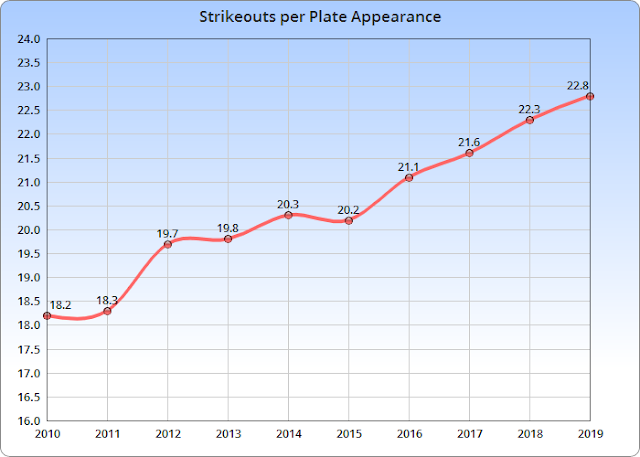Can this occur along the Lake Erie shoreline here in Ohio? Absolutely. In fact, some significant temperature changes occurred about 24 hours after the Lake Michigan event just offshore near Cleveland.
I created a basic animation showing how the water temperatures fluctuated earlier this week especially as depths between 20 and 40 feet. One short-lived drop of around 10 degrees at 23 feet, steadier drops at 30 feet with a spike of more than 20 degrees at 30 feet. At 40 feet, water temps rose from 52 to 75 degrees in under 24 hours. Below that depth, water temperatures have been consistently near 50-55 degrees.
Lake Erie water temperature colorized depth map shows the variation under the surface
A sustained north wind developed Tuesday and Wednesday...
Wave heights had a big spike as the north wind took over.
North wind and higher wave heights match up with the drop in temperature.
Thankfully the bulk of the colder water didn't make it all the way to the surface. Temperatures went from 79 to 73 degrees at this buoy. Temperatures stabilized over the next 24 hours
Bottom line is never under estimate the influence the north wind has on Lake Erie conditions. The higher waves are the changes we see on the surface. The rough conditions under the surface either through strong rip currents or temperatures drops to levels that can cause hypothermia are not as obvious and lesser known.




























































